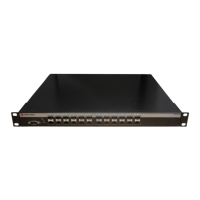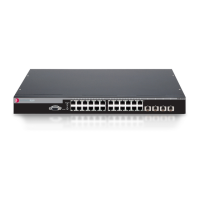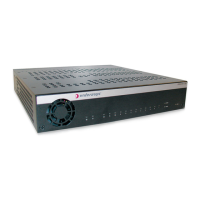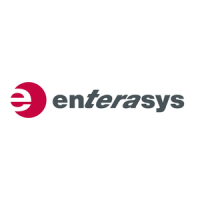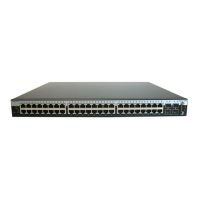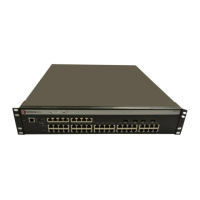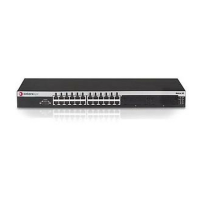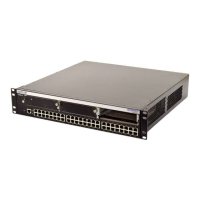Overview of Authentication and Authorization Methods
32-2 Authentication and Authorization Configuration
will be validated against the configured RADIUS server. Only in the case of a RADIUS
timeout will those credentials be compared against credentials locally configured on the
switch.
For details, refer to “Configuring RADIUS” on page 32-6.
• SNMP user or community names – allows access to the Enterasys C3 switch via a network
SNMP management application. To access the switch, you must enter an SNMP user or
community name string. The level of management access is dependent on the associated
access policy. For details, refer to Chapter 12, SNMP Configuration.
• 802.1X Port Based Network Access Control using EAPOL (Extensible Authentication Protocol)
– provides a mechanism via a RADIUS server for administrators to securely authenticate and
grant appropriate access to end user devices communicating with Enterasys C3 ports. For
details on using CLI commands to configure 802.1X, refer to “Configuring 802.1X
Authentication” on page 32-19.
• MAC Authentication – provides a mechanism for administrators to securely authenticate
source MAC addresses and grant appropriate access to end user devices communicating with
Enterasys C3 ports. For details, refer to “Configuring MAC Authentication” on page 32-29.
• Multiple Authentication Methods – allows users to authenticate using multiple methods of
authentication on the same port. For details, refer to “Configuring Multiple Authentication
Methods” on page 32-41.
• Multi-User Authentication —allows multiple users and devices on the same port to
authenticate using any supported authentication method. Each user or device can be mapped
to the same or different roles using Enterasys policy for access control, VLAN authorization,
traffic rate limiting, and quality of service. This is the most flexible and preferred method to
use for VoIP (PC daisy chained to a phone). For details, refer to “About Multi-User
Authentication” on page 32-41.
• User + IP Phone (Legacy feature) — The User + IP Phone authentication feature provides
legacy support for authentication and authorization of two devices, specifically a PC cascaded
with a VLAN-tagging IP phone, on a single port on the
switch. The IP phone must
authenticate using MAC or 802.1X authentication, but the user may authenticate by any
method. This feature allows both the user’s PC and IP phone to simultaneously authenticate
on a single port and each receive a unique level of network access. For details, refer to
“Configuring User + IP Phone Authentication” on page 32-52.
• RFC 3580 tunnel attributes provide a mechanism to contain an 802.1X, MAC, or PWA
authenticated user to a VLAN regardless of the PVID. This feature dynamically assigns a
VLAN based on the RFC 3580 tunnel attributes returned in the RADIUS accept message. Refer
to “Configuring VLAN Authorization (RFC 3580)” on page 32-53.
• Configuring Policy Maptable Response — allows you to define how the system should handle
allowing an authenticated user onto a port based on the contents of the RADIUS server
Access-Accept reply. There are three possible response settings: tunnel mode, policy mode, or
both tunnel and policy, also known as hybrid authentication mode. Refer to “Configuring
Policy Maptable Response” on page 32-56.
Note: To configure EAP pass-through, which allows client authentication packets to be forwarded
through the switch to an upstream device, 802.1X authentication must be globally disabled with the
set dot1x command.
Note: User + IP Phone authentication is a legacy feature that should only be used if you have
already implemented User + IP Phone in your network with switches that do not support true
multi-user authentication.

